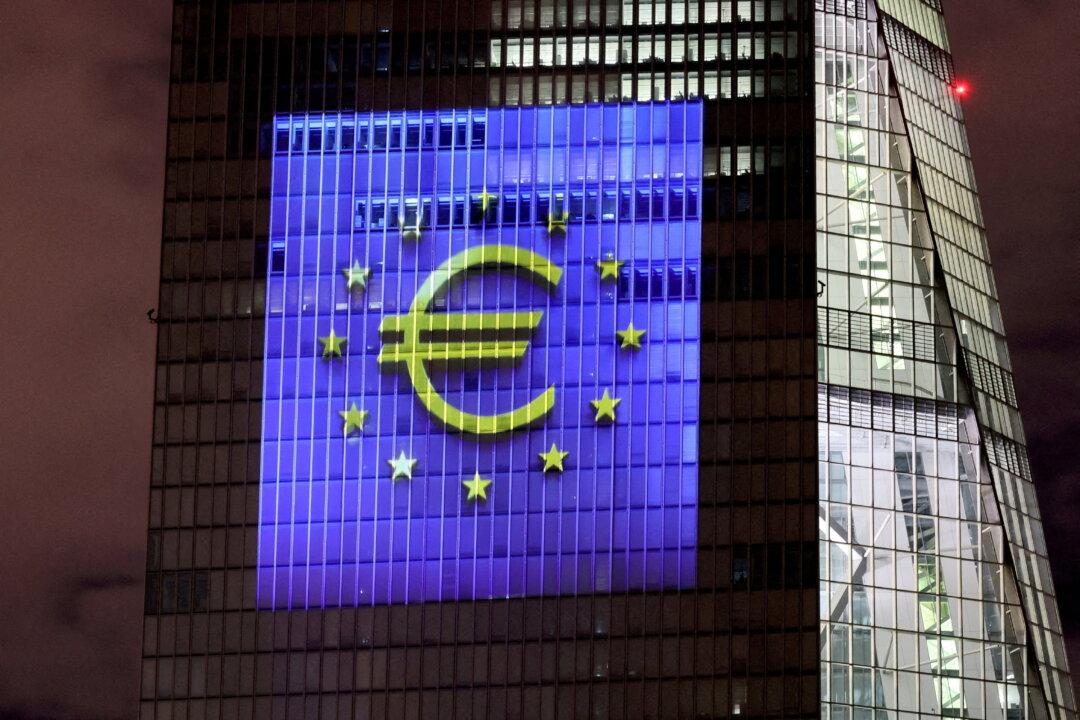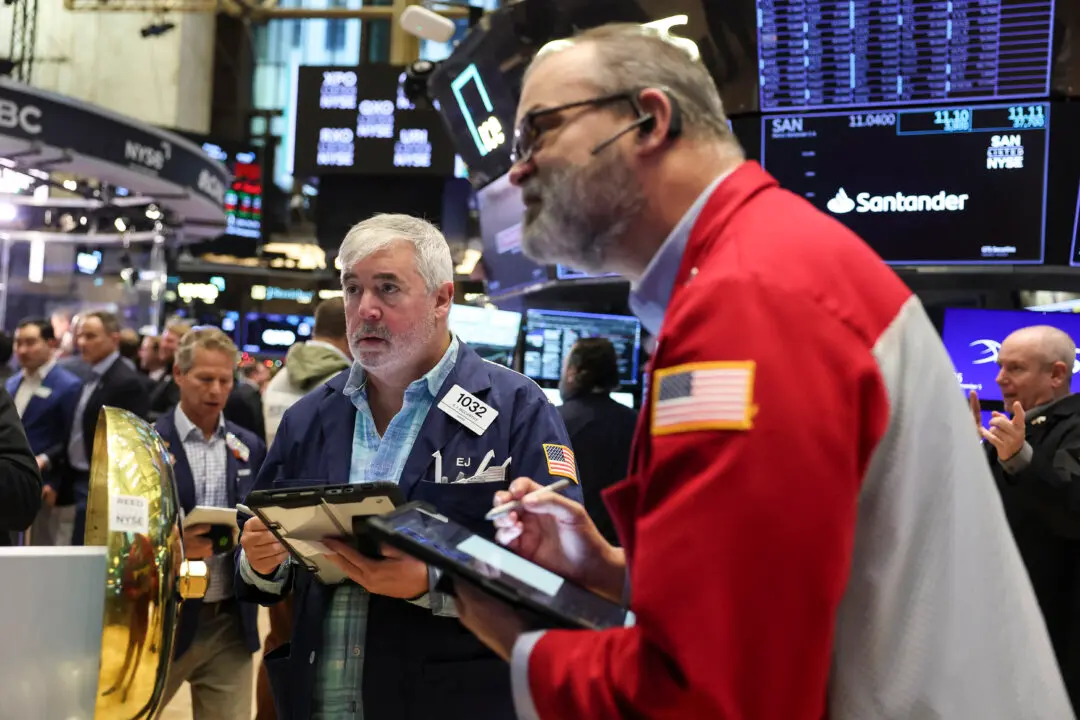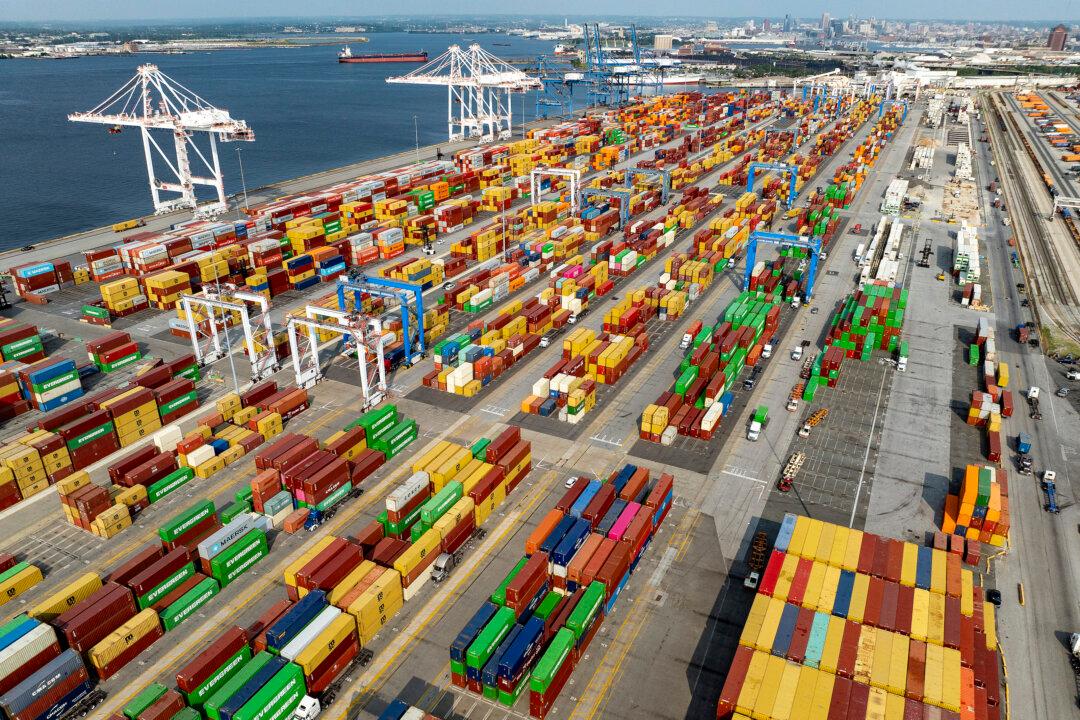Commentary
The European Central Bank should be hugely concerned about two pieces of news. The euro is on the verge of parity with the U.S. dollar and has accumulated a drop of 17 percent since 2021, more than 35 percent since 2008. On the other hand, inflation in the eurozone reached 8.6 percent in June, 5 percent excluding the energy and food components.





